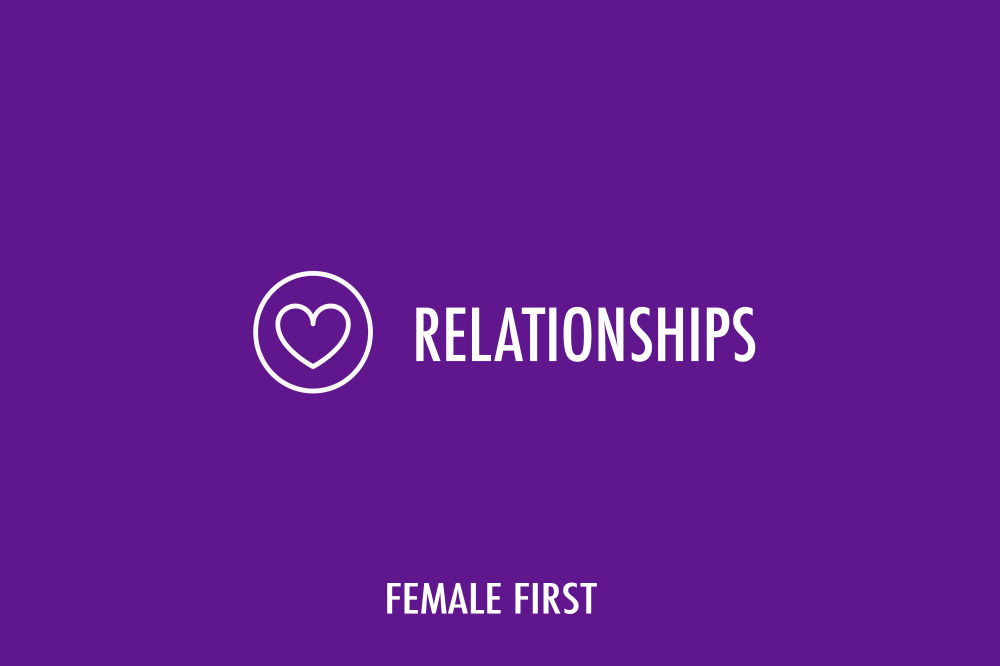We talk to body language expert Judi James about the facial expressions we use at Christmas to protect our relationships!

Relationships on Female First

Why do people put on their best smile at Christmas even if they are not feeling happy?
Christmas really is a time of shared happiness and although our own happiness might not always be feasible in reality we are right to think we need to display that emotion even if it is a bit of an act. The key ‘smile’ moment is when we unwrap our presents, as we’re being watched by the giver and should be keen to create a bit of a body language ‘lie’, i.e. looking as though we love the gift even when it’s not really what we wanted.
Gift-giving is a bonding ritual and the act of exchanging gifts can be more important than what’s inside the wrapping. Often the givers will be the most difficult audience to ‘lie’ to, though. Close family members are often the people who can always spot when we’re telling the truth or not.

Why are mums responsible for so many unwanted gifts?
Poor mums, it could be that they’re trying too hard to get it right, and then there is always the fact that they can often be the member of the family who shops for nearly all of the gifts and is therefore under the most pressure.
I know a lot of mums who have to set off with several lists: one for the gifts they’re getting for other people, another for gifts other people have asked them to get for even more other people and gifts other people have asked them to pick out for themselves. It’s a daunting task to get it all right and they’ll often be heard saying ‘You won’t like it but you can take it back and change it’ as they hand the wrapped present over!
Why is opening gifts in front of other people so stressful for some?
There’s the problem of performance pressure and getting the response right regardless of how much you like the gift. We’re often on camera as we ‘perform’ too, being filmed by the giver to catch all those perfect emotions.
If we don’t like the gift we have to create the ‘lie’ but can often end up overdoing it or producing what feels and looks like a fake smile. If we do like it though there can still be a degree of pressure as even performing genuine emotions while the centre of attention can be difficult.

Why are some facial expressions easier to identify than others?
Unlike other animals, humans mask our emotions a lot of the time, making our facial expressions quite complex. We have a much wider range of facial expressions than other animals and a lot can be projected by quite subtle alterations of the smallest muscles.
We have also been fed on a diet of acted emotions, watching soaps on TV or dramas on stage that have often ritualised emotional responses. In reality we often look completely different, though. Real misery or grief can just look deadpan, or even involve a form of smiling, while happiness for some people can mimic misery if they contain their joy rather than letting it all hang out.
The survival responses like fear, shock, disgust and anger are often the easiest to recognise as they move the features into a spontaneous and useful response, like shock widening the eyes and raising the brows to make expand our scope of vision which would have helped out ancestors survive a shock attack from a predator in the wild.

Why are the likes of the happy, love and curious face so easy compared to rage, tantrums and long suffering?
The curious face needs no masking as this is the stage of anticipation and genuine excitement during the present-opening process. Happiness is actually less easy to pick as it can even produce tears if the feelings are intense. Love is a much more spontaneous reaction and leads to the muscles of the face and the eye expression softening.
Rage, tantrum and long-suffering expressions come from a much more childlike emotional range and we will hopefully struggle to suppress the symptoms.
What should we look out for when trying to tell how someone has received their gift?
It’s hard to lie with the eyes. Genuine pleasure should emerge as a warm, softened eye expression with natural face-to-face gazing. The smile should display a subtle amount of teeth and be symmetric rather than crooked.
Why are women so against bubble bath and men so against socks on Christmas morning?
I think we like bubble bath and I think men like new socks but I suppose it’s the apparent lack of originality of both these gifts that people find offensive. We like to see ourselves as special and a bit different but these gifts might appear to tell us that we’re a bit boring or run-of-the-mill!
Judi James has worked with American Express Gift Cards to compile the 12 Faces of Christmas competition. See American Express' Facebook page for details.
tagged in Christmas Body Language
